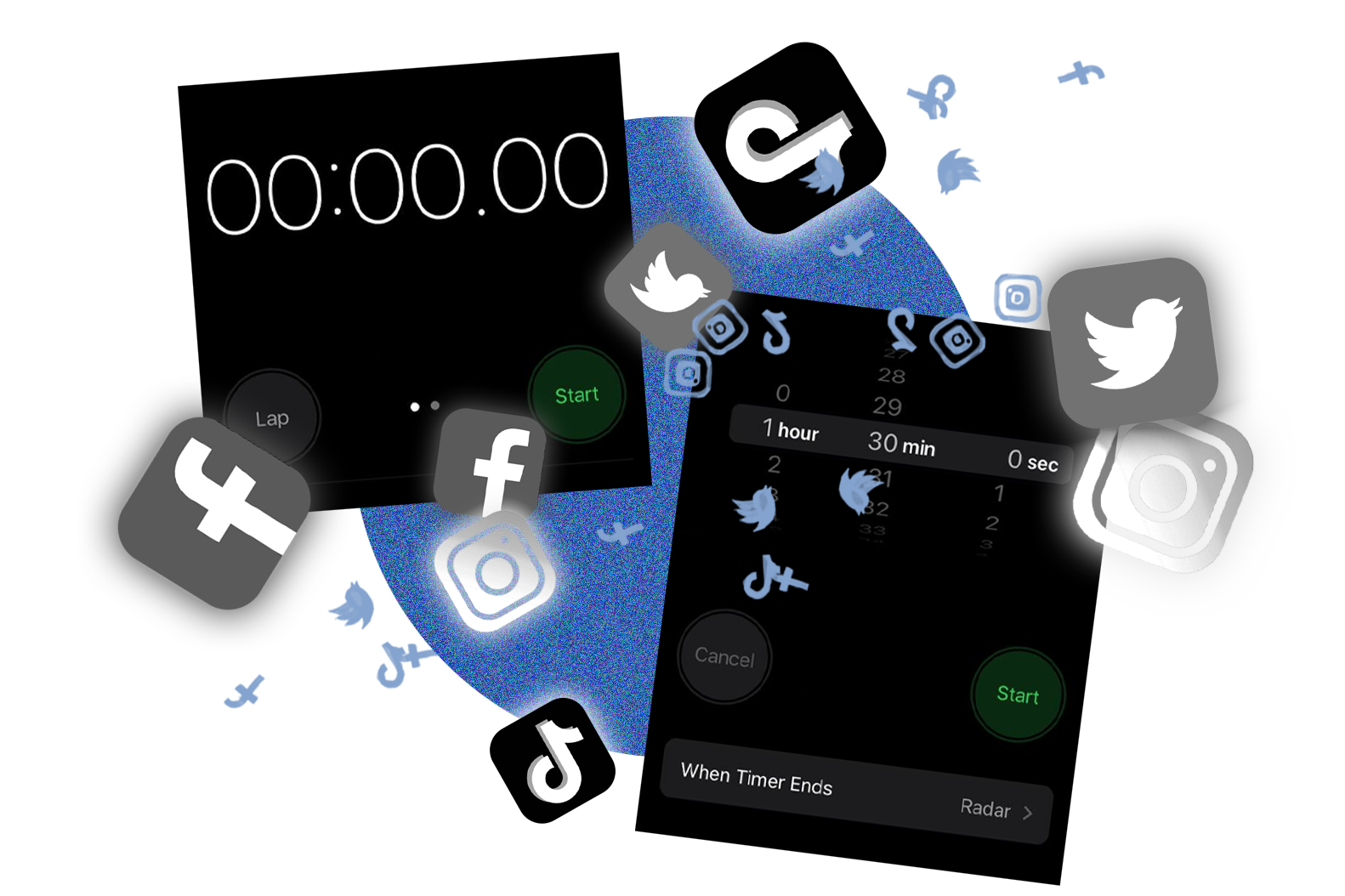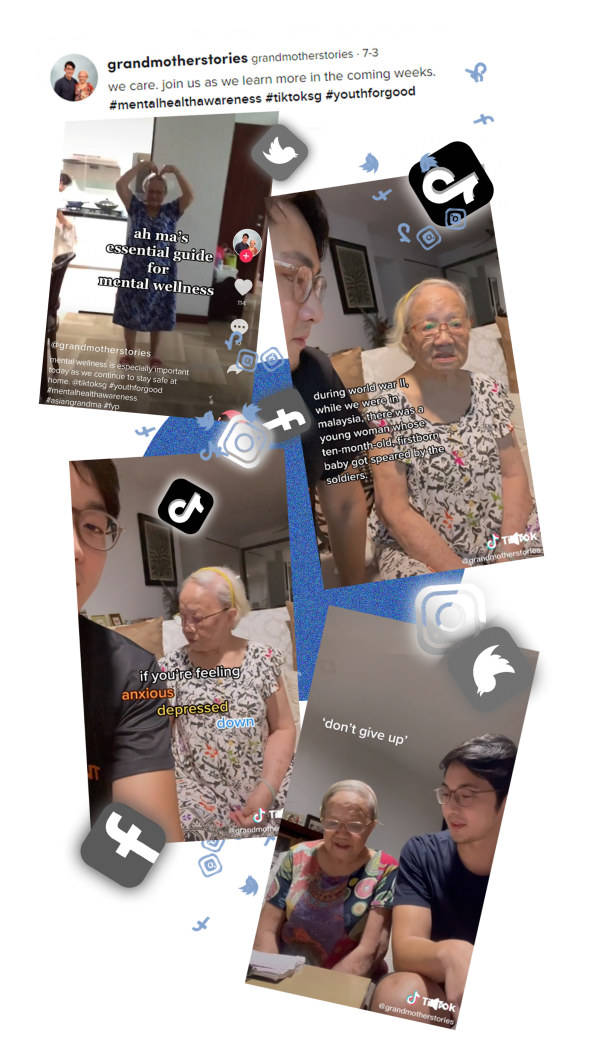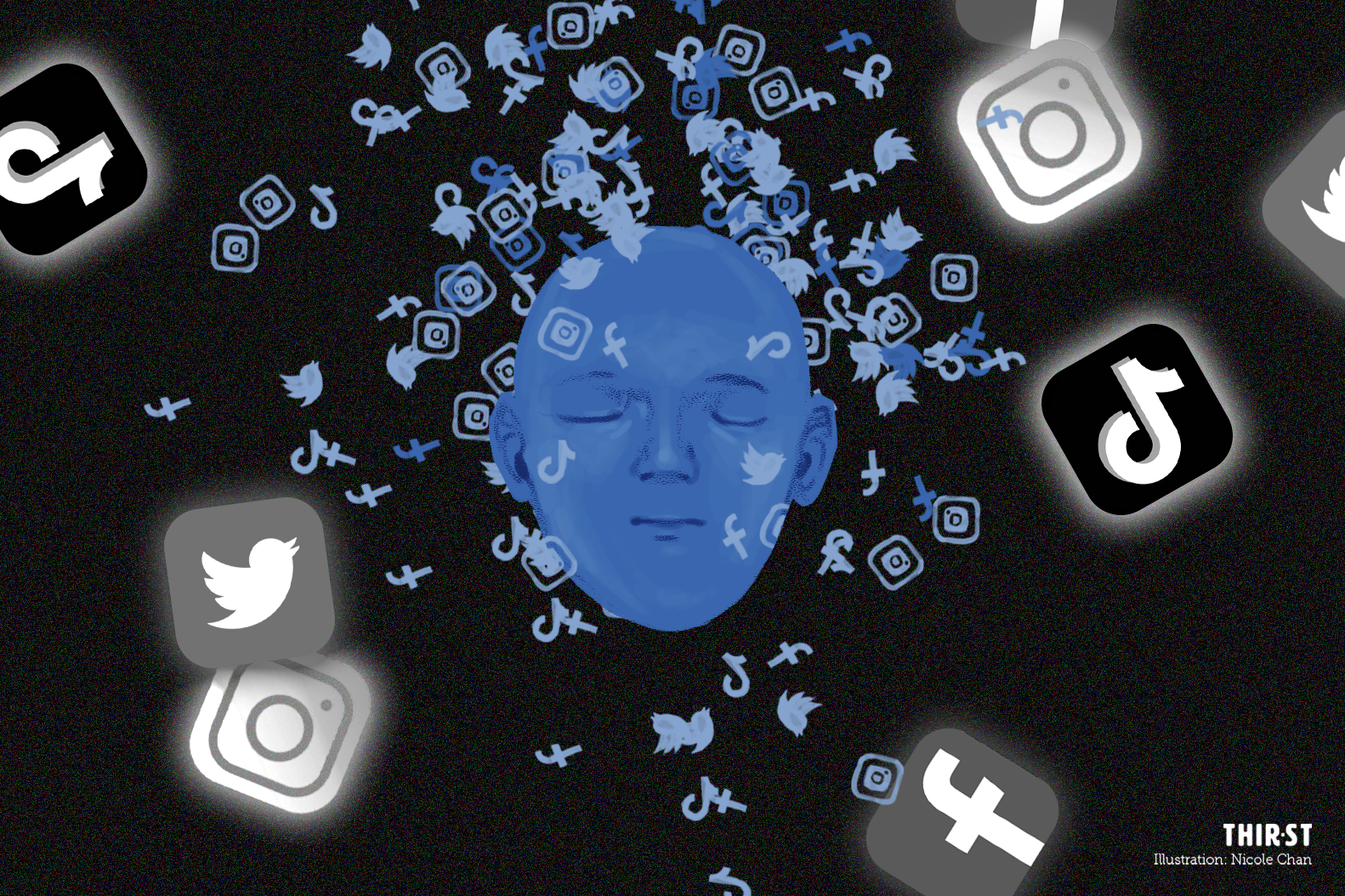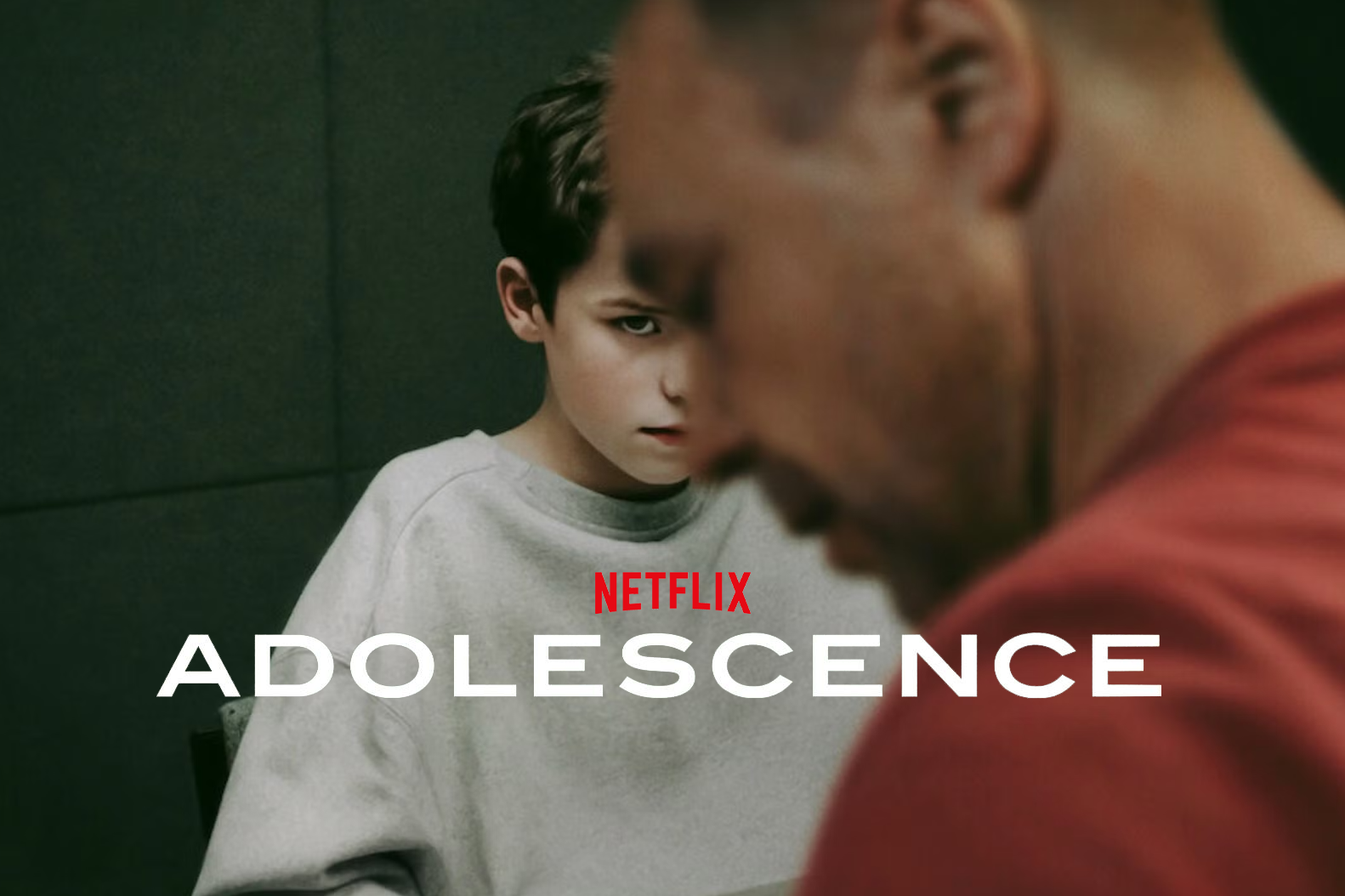I attended a panel at last week’s Samaritans of Singapore (SOS) Symposium 2021 that centred on safety in digital media, especially when it comes to mental health and suicide risk among users.
If you don’t know what the Symposium was about, the virtual conference (September 9–11) brought together some 40 overseas and local industry leaders in the realm of suicide prevention.
Although many of these discussions tended to gear towards industry professionals, I thought I’d share what I managed to take away from the panel as a layman.
USING DIGITAL MEDIA SAFELY AND WELL
I was especially excited about Day 2 since there was an opportunity to hear from representatives of platforms like Facebook, Twitter and TikTok on how users are protected in online spaces.
Moderated by Joel Lim (Managing Director, ZYRUP Media), the panel featured:
- Malina Enlund – Safety Policy Manager APAC, Facebook
- Amanda Ang – Public Policy Manager, Singapore, Twitter
- Lucian Teo – Online Safety Global Lead, Trust & Safety, Google, Singapore
- Aishwarya K – Global Product Policy Lead, Trust & Safety, TikTok, Singapore
A lot was said, but I’ll just go ahead to list a few reflections from these safety experts that I found myself mulling over, even after the discussions had concluded.
1. You have more control than you realise
“We’ve done this research over 10 years, and one of the findings from the research was that it’s not how much time you spend online, but it’s how you spend your time online,” said Ms Malina Enlund.
To that end, she sought to raise awareness of the tools available to users to craft their own user experience on Facebook and Instagram.
These tools include time limits, alarms, snooze functions and the ability to moderate the comments one comes across, so that you can control how much mental and emotional energy you’re investing in engaging with social media.

Mr Lucian Teo also raised a few things Google has been doing to enhance Android users’ experience.
These include built-in functions to reduce screen vibrancy to help users sleep better when it’s bedtime, as well as parental tools to help children use technology safely.
What was key to me was that no one should believe they are held hostage to the default experience any platform provides.
We should all know that we are free to curate, adapt or simply walk away from toxic or unsafe digital experiences at any time if they impair or threaten to harm our well-being.
If we fail to manage the impact our devices have on our health, not only do we suffer for it — the next generation will as well because they are looking at us as models for their own usage both in the present and the future.
2. Intergenerational conversations are possible
Ms Aishwarya K also shared a surprising statistic with us: TikTok is seeing a rise in silver users (folks above 60, I presume).
As such, the platform has been working with the Infocomm Media Development Authority to get them into group classes so they can use it well and safely.
She also highlighted a grandma-grandson team who have been making videos on life in Singapore and recently got to talking about mental health. The grandmother even shares her perspective as someone who has lived through WWII.
Together, the dynamic duo are encouraging people who are struggling during the pandemic and spreading positivity through their posts.

I have to admit, I’m not big on social media.
But if it allows for users to generate and consume content as well as be part of an intergenerational safe space, I can see why this might be good for some.
After all, the elderly are the group that is most vulnerable to isolation and loneliness as a result of the coronavirus.
As for our young, I understand that fostering communities where people are free to share their journeys can also be especially helpful during this time.
Partnering with the Ministry of Culture, Community & Youth, Ministry of Education and National Youth Council, the #youthforgood initiative is another way that TikTok is trying to create a peer support ecosystem on its platform to break the stigma on mental health.
It’s a step in the right direction. But how else can we normalise conversations about mental health online, offline and across generations?
I suspect this is a question for the decade ahead, but off the top of my head it seems like common ground, openness and safe spaces will be necessary prerequisites in such an endeavour.
3. How can we transform these digital spaces for good?
Finally, Ms Amanda Ang from Twitter shared a fact that was certainly eye-opening for me.
She revealed that from January 2020 (the onset of the pandemic) to August 2021, there have been 58 million tweets relating to mental health.
58 million! Not much reflection needed here to see that mental health and wellness are issues that are on many minds.
Many agree that COVID-19 is here to stay. In my view, what that means is that mental health crises will continue to deepen as the coronavirus years go by.
The new normal is uncomfortable and painful, but can we begin to adapt to it and overcome?
My takeaways from the SOS Symposium tie in with my belief that digital spaces must be redeemed and transformed into kingdom spaces.
What can we do in the online realm to achieve that?
It’s a pertinent question we must answer if we are to help people heal, fight loneliness and effectively share the message and love of God in the years ahead.
If you’re feeling troubled and would like to chat with someone, help is available at these centres:
- Samaritans of Singapore (SOS): 1-767 (1-SOS) (24-hour) | pat@sos.org.sg| m.me/SamaritansofSingapore
- Institute of Mental Health: 6389-2222 (24-hour)
- National Care Hotline: 1800-202-6868
- Singapore Association for Mental Health: 1800-283-7019
- Care Corner Counselling Centre (English and Mandarin): 6353 1180
- TOUCHline (Counselling): 1800-377-2252
- Fei Yue’s Online Counselling Service: ec2.sg
- Tinkle Friend by Singapore Children’s Society: 1800-274-4788 | tinklefriend.sg (online chat)
- Silver Ribbon Singapore: 6385-3714
- How would you describe your experiences with social media?
- If you’re active online, what kind of influence do you have? Are you building up or tearing down? Are you spreading love or hate?
- How can you play a part in redeeming and transforming digital spaces for good?









